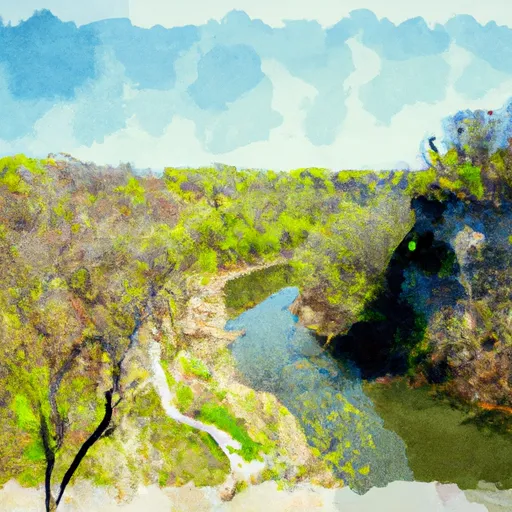°F
°F
mph
Windspeed
%
Humidity











Saint-Germain is a charming village located in Vilas County, Wisconsin, known for its picturesque landscapes and abundance of outdoor recreational opportunities. The climate in Saint-Germain is characterized by warm summers and cold winters. Average temperatures range from the mid-70s°F (mid-20s°C) during summer to the mid-20s°F (-4°C) during winter.
The area is blessed with numerous pristine lakes, including Big Saint Germain Lake, Little Saint Germain Lake, and Lost Lake, offering excellent hydrology constituents. These lakes boast crystal-clear waters, making them perfect for swimming, boating, and fishing. Anglers can find a variety of fish species, such as musky, walleye, and bass, making it a haven for fishing enthusiasts.
Saint-Germain is also a paradise for outdoor enthusiasts, offering a myriad of activities. The area features an extensive network of trails, ideal for hiking, biking, and cross-country skiing. The nearby Northern Highland-American Legion State Forest provides opportunities for camping, birdwatching, and wildlife viewing. In winter, the area transforms into a winter wonderland, attracting snowmobilers, snowshoers, and ice fishers.
In conclusion, Saint-Germain, Wisconsin, boasts a favorable climate, pristine lakes, and diverse outdoor recreational opportunities, making it an idyllic destination for nature lovers and adventure seekers alike.
Weather Forecast
Saint-Germain receives approximately 785mm of rain per year, with humidity levels near 84% and air temperatures averaging around 5°C. Saint-Germain has a plant hardyness factor of 4, meaning plants and agriculture in this region thrive during a short period during spring and early summer. Most plants will die off during the colder winter months.
Regional Streamflow Levels
67
Cubic Feet Per Second
160
Cubic Feet Per Second
6,600
Cubic Feet Per Second
101
Cubic Feet Per Second
Nearby Camping
| Camping Area | Reservations | Toilets | Showers |
|---|---|---|---|
| Buccaneer State Park | |||
| Big Creek Waterpark | |||
| McLeod Water Park | |||
| Marathon Lake | |||
| Little Black Creek Waterpark | |||
| Shockaloe Base Camp I |



